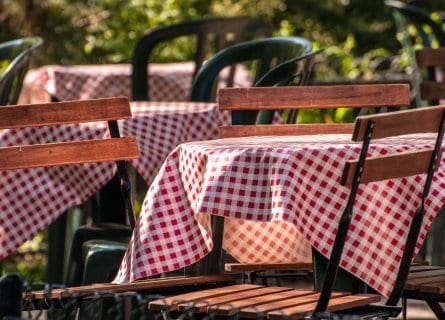
Al Fresco Dining in Bordeaux
July 11, 2017
Explore Bordeaux's Al Fresco Dining scene - savor the best wines, delectable dishes, and enchanting ambiance under the open sky. Bon appétit!
With more than 150 years of history, Bordeaux wine classifications remain a reference point for the world in terms of understanding the heritage and hierarchy of Bordeaux wine estates and their qualitative differences. Importantly, these classifications reflect economic and social stratum divisions in French society. Bordeaux, one of the globe’s best-known wine regions, is home to the biggest volumes of fine, long-lasting wine in the world with a rich history of international trade and a structured wine market; its châteaux may be the most classified of all wine estates, yet classification in France is asymmetric, and notoriously diverse in Bordeaux.
Discover more about France’s Wine Classifications
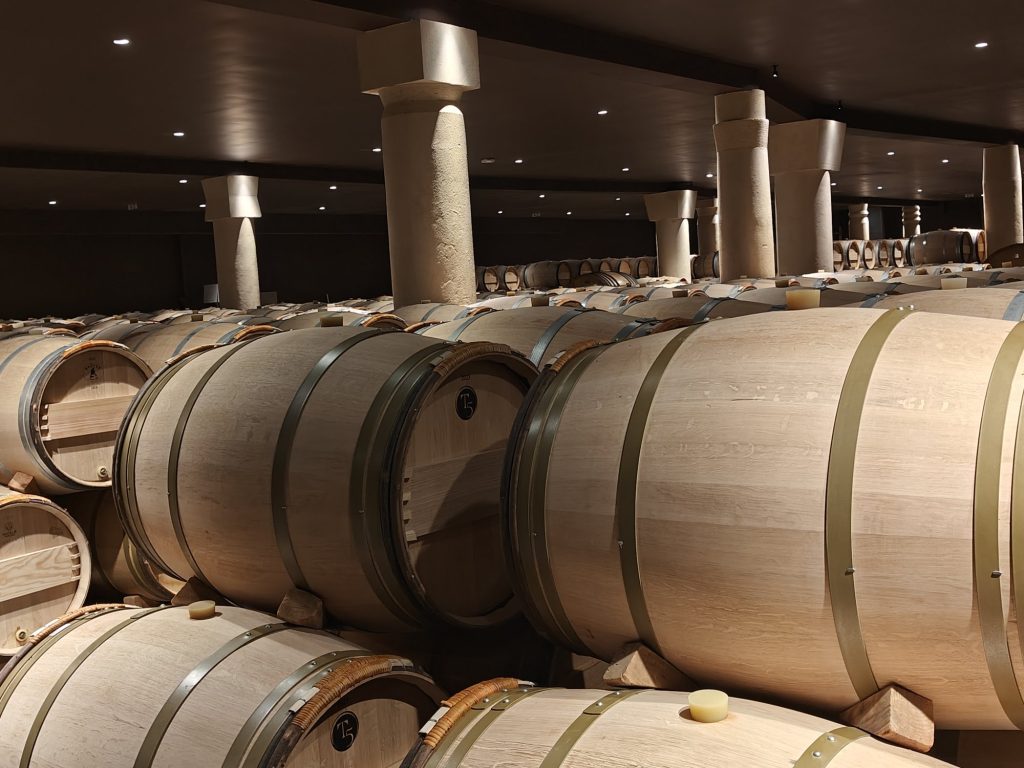
With the growth of wine tourism, the history and legacy of Bordeaux wine classifications is a marketing boon to Bordeaux châteaux, who are increasingly opening their doors to visitors. The insights below into Bordeaux wine classifications reveal their shortcomings and strengths, along with intriguing twists and turns of their roles in shaping one of the world’s most celebrated wine regions.
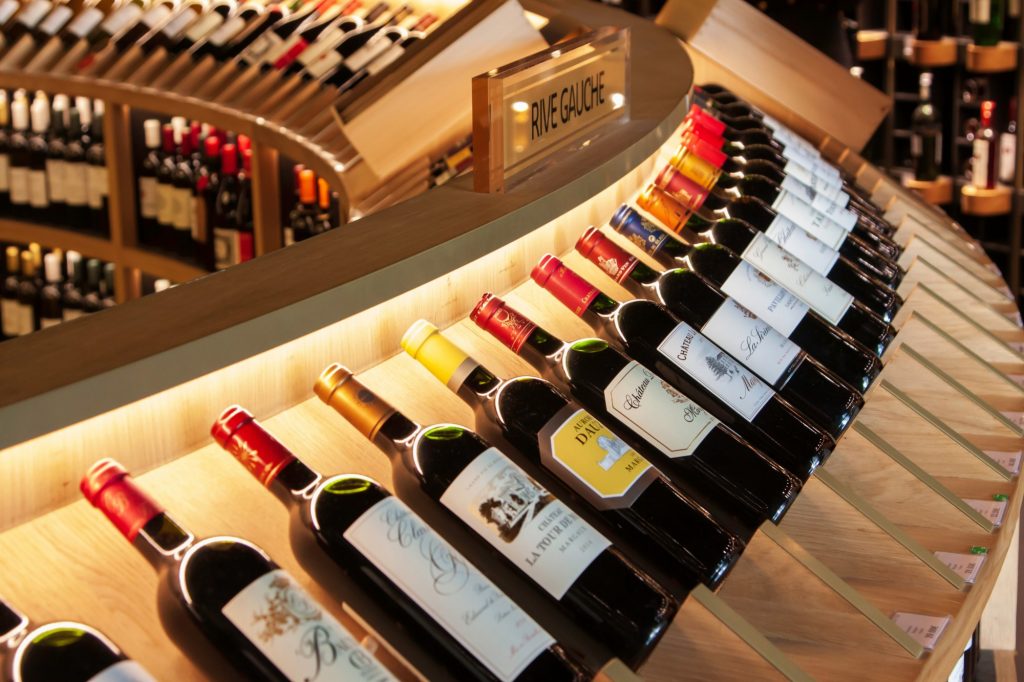
The 1855 classification officially formalized a preexisting hierarchy of fine wines based on prices. It is a unique and significant aspect of wine history and is probably the world’s best-known wine classification. More than just a price list, it continues to this day as a quality benchmark, providing a deep understanding of Bordeaux fine wine for investors, collectors, and enthusiasts worldwide, underscoring its enduring relevance and historical significance.
The 1855 Bordeaux classification, which ranked châteaux wine from first to fifth growths, followed a request from Napoleon III’s Exposition Universelle’, or ‘World Fair,’ which was organized to showcase the best of France’s produce.
Read on to discover that, contrary to popular belief, Napoleon III did not directly influence the 1855 Bordeaux classification and that, despite management and ownership changes to châteaux and wine market price changes over the years, this elitist and rigid classification has barely changed, if at all, since its inception.
Find out more about the 1855 Bordeaux Classification.
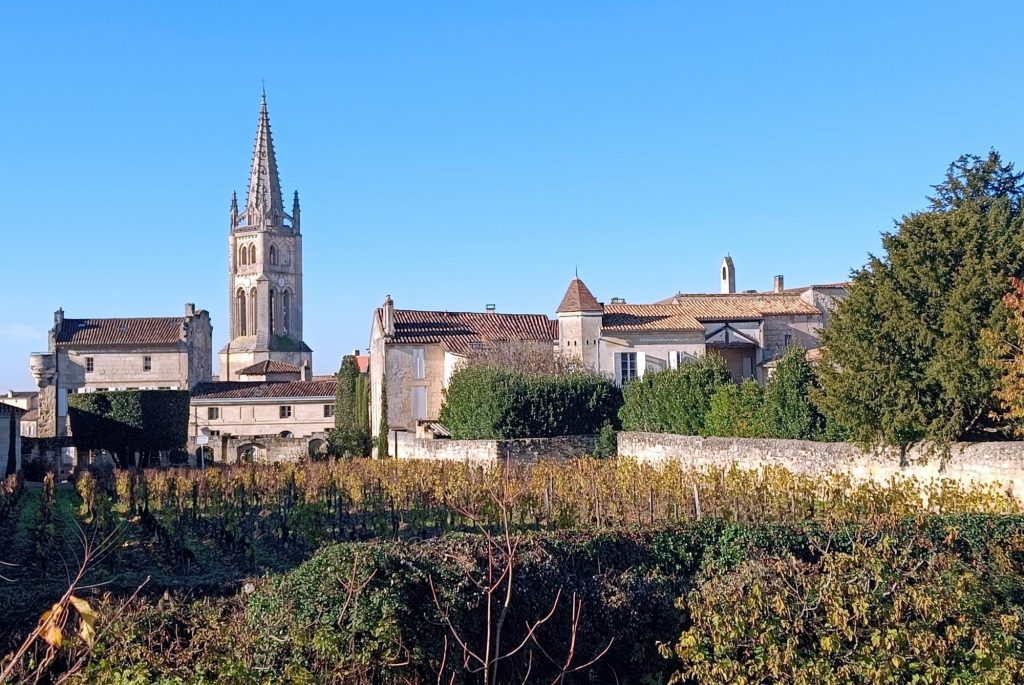
Keen to emulate the success of the left bank 1855 classifications of the Medoc and Sauternes, which had propelled the prestige and reputation of châteaux and their wine and land prices, St Émilion published its first classification on June 16th, 1955, becoming the only right bank appellation to classify its châteaux.
Read on to learn how the ranking of Grands Crus Classés châteaux and wines is reassessed every ten years, setting itself apart from rival classifications and allowing a certain upward mobility within the wine hierarchy.
Read more about the St Émilion Classification
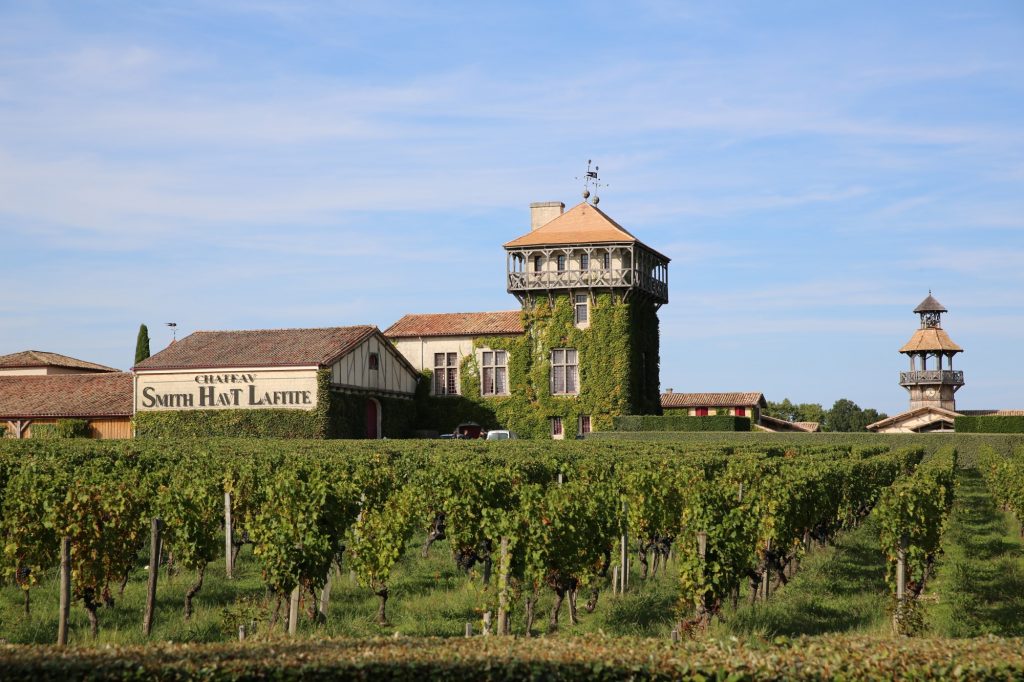
The Graves region, the birthplace of Bordeaux wine production, is home to key châteaux that have shaped the history of Bordeaux – its single tier of classification means it has avoided conflict, including legal challenges found elsewhere in Bordeaux. That said, the Pessac-Léognan appellation and its top châteaux’s origin and location have become better known than the Graves Classification. Yet not all is perfect in Pessac-Léognan; adding a touch of humor to the situation, Smith Haut Lafitte’s owners, the Cathiards, say that Pessac-Léognan sounds a bit awkward, like the name of a French metro station.
Discover more about the Graves Classification.
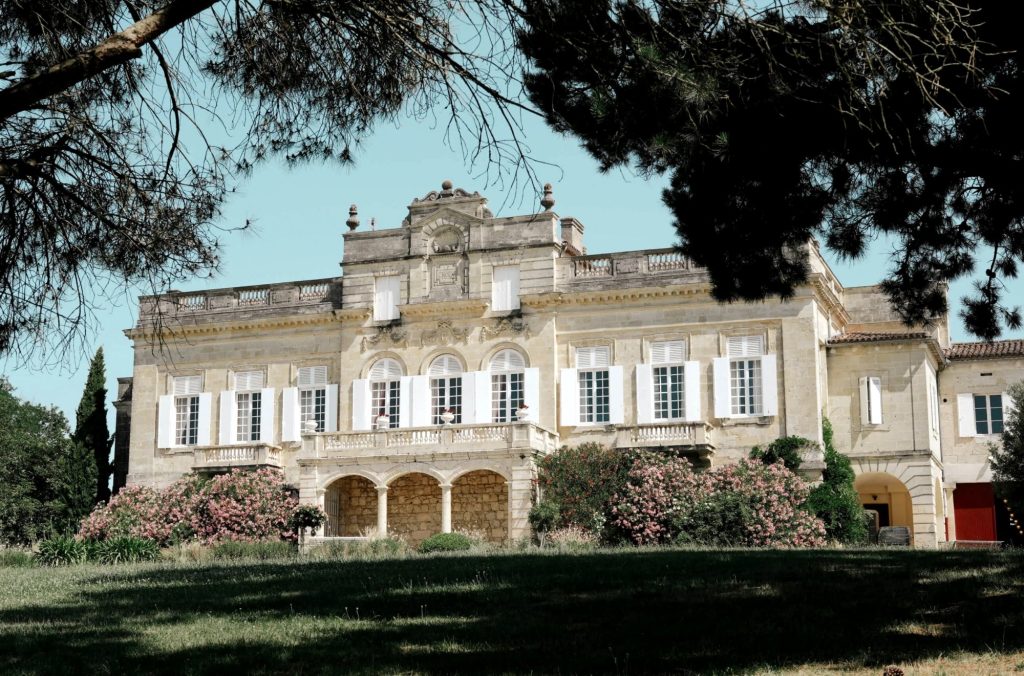
The Crus Bourgeois classification of the Médoc places estates in a quality tier somewhat close to, but socially positioned below, the ‘wine aristocrats’ of the Bordeaux classed growths. It provides a ranking of wines for châteaux that did not make the 1885 classification.
Yet the best of their wines can, however, be equal, if not better, than some of the classed growth wines due to the production investments efforts made by the Bourgeois estates to raise their game; these wines are attractive to buyers and connoisseurs seeking high-quality wine with aging ability, sold at accessible prices.
The Crus Bourgeois classification stands out from its rival classifications as it is now renewed every five years, keeping the producers on their toes in maintaining quality production levels. Sara Lecompte-Cuvelier, co-owner of the famed Château Le Crock in St Estèphe, told Cellar Tours that the latest classification results will be announced in early January 2025.
Chateau le Crock, which farms vineyards using a biodynamic approach, was one of the 14 estates that gained Cru Bourgeois Exceptionnel status in 2020. Cru Bourgeois Exceptionnel is the top-quality tier of the Cru Bourgeois classification, which also ranks Châteaux as Cru Bourgeois Supérieur (56 Châteaux) and Cru Bourgeois (179 Châteaux).
After over a decade as an annual ‘stamp of quality‘ that essentially judged the characteristics of individual vintages, Cru Bourgeois returned in 2020 to being a fully-fledged official classification with three tiers. The prior single-tiered system had brought wine prices down for producers irrespective of quality. Like elsewhere in Bordeaux, Cru Bourgeois has a chequered history dating to the Middle Ages.
In 2007, the first official classification of 2003 was annulled by a court in Bordeaux after estates left out of the classification complained of a conflict of interests; the jury of experts on the classification was composed of 18 professionals, including the President of the Union des Crus Bourgeois du Médoc at the time. Canceling the classification, the Bordeaux Administrative Court of Appeal ruled that “one cannot judge something in which one is involved.”
Cru Bourgeois producers have managed to revive the classification, and reflecting its dynamic nature, the 2020 rankings do not include any of the nine Bordeaux estates that were ranked ‘Exceptionnel’ in 2003. However, there have been no legal challenges to the classification; châteaux have access to a ‘dispute committee,’ where they can raise complaints and withdraw from the classification rather than living with any undesired classification level.
The Bourgeois wines emerged thanks to an alliance between King John of England and the bourgeois merchants of Bordeaux and surrounding areas in the early 12th century: in exchange for their support against the King of France, gave them tax-free exclusivity to the English wine market and there were no local taxes. Increased wealth from the bourgeois of Bordeaux subsequently allowed them to buy up Medoc vineyards.
However, it was not until 1932 that Bordeaux traders drew up an officially codified list of Cru Bourgeois classed growths, and even that list was not legally bound. The persistence of the producers and Alliance des Cru Bourgeois du Médoc association has ensured that the Cru Bourgeois classification is finally up and running effectively.
The first step to classification involves blind tasting five vintages of each estate’s wine. In the new system, a wine must have been recognized as Cru Bourgeois at least five times to be automatically labeled.
If an estate wishes to be considered for Cru Bourgeois Supérieur or Exceptionnel status, it must present a dossier explaining its practices and terroir, as well as other elements. A panel of experts conducts a tasting (wines must score 26 points out of 40 for ‘Exceptionnel’ and 14 out of 40 for Supérieur) to ensure minimum quality, then they conduct an estate visit.
The three assessment areas beyond the tasting are:
Two separate juries, each consisting of five people, tasted all the wines. If the results were contested, two additional juries of five people were brought in. France’s Ministry of Agriculture oversees the drawing up of the process, and individual controls were carried out locally in 2020 by Quali-Bordeaux Vérification.
Artisanal production is very much a watchword in today’s wine world. In this respect, the Crus Artisans producers are essentially the soul of Bordeaux wine; the Crus Artisans classification is formed of vignerons who live and work on 33 small to medium-sized estates of the Médoc doing the entire process themselves, from viticulture to sales. And that’s without the vast investments and technology of some wealthy owners of classed growth and Cru Bourgeois estates. Classification rules mean production can be no higher than 100,000 bottles a year, and producers are not allowed to belong to wine cooperatives. Crus Artisans producers are known for producing personalized rather than standardized wines from specific plots, including wine made like that of Château Bel Air and Château La Tessonnière, one of the estates that export wines.
To further live up to their name, many Crus Artisans have started to employ less interventionalist practices; Organic Cru Artisans producers, or those in conversion to organics, include Château Micalet Château des Graviers, Château la Baie de Lalo and Château d’Osmond. Although Crus Artisans generally age their wines for a shorter time than great classed growth producers before release, they often use a wide combination of tanks, concrete vats, and amphorae to produce and age wines.
In Bordeaux’s hierarchy of wine, Crus Artisans officially lie below Cru Bourgeois and above the generic Bordeaux AOC appellations. However, the QPR ratio (Quality Price Ratio) stands out in these wines; they are produced on small properties in one of the eight Médoc appellations, often on sought-after vineyards neighboring the classed growth estates:
The term Crus Artisans has officially existed for more than 170 years, as mentioned in the Feret wine guide of 1850: these estates often belonged to craftsmen, such as coopers, wheelwrights, and blacksmiths.
Instead of selling their land to bigger producers, many have continued passing on their land to new generations. Like the Cru Bourgeois, the Cru Artisans classification is renewed every five years. In 2023, 33 estates were classified as Crus Artisans, a relatively simple classification in terms of rules: classification depends 60% on a jury’s blind tasting of three previous vintages and 40% on the artisanal philosophy of estates. The Cru Artisans’ fortunes were revived in 1989 with the founding of the Syndicat des Crus Artisans du Médoc. In 1994, European regulations reintroduced this designation and authorized a Cru Artisan mention on bottle labels.
The appellation spans the breadth of the Bordeaux wine region. Vineyards under the appellation are mainly located on the Right Bank of the Gironde River, north of Saint-Émilion and Pomerol. These 12,412 hectares of vineyards produce around a million bottles of Bordeaux Supérieur wines each year.
The Bordeaux Supérieur appellation— a higher tier than the generic Bordeaux AOC, established by decree on October 14th, 1943— regulates the cultivation methods for ‘Bordeaux Supérieur’ wines, which are considered to have more concentration and aging potential than the generic Bordeaux AOC wines. Reflecting production differences between the two appellations, the ‘Bordeaux Supérieur’ wines have stricter rules in terms of vineyard density (higher), pruning, lower yields, minimum sugar content, and natural alcoholic strength by volume are higher, and importantly, they have longer minimum aging and maturity periods.
‘Bordeaux Supérieur’ red wine, often made from grapes from older vines, can be sold no earlier than July 1st of the year following the harvest (with a minimum of nine months aging), whereas Bordeaux AOC wine can be sold on January 15th after harvest. ‘Bordeaux Supérieur’ wines (red and sweet white wine) are generally more complex than generic Bordeaux wines (red, rose, and white); they distinguish themselves in terms of harmony, elegance, good balance, and aromatic richness – qualities that stem, among other things, from the diversity of the bio-physical environment and grape varieties, but also from the vineyard management and vinification methods. Bordeaux Supérieur can generally be aged for five or six years, a longer period when compared to the younger, more fruit-forward Bordeaux AOC wines, but a much shorter one than the top-end Bordeaux wines.
More than two-thirds of Bordeaux Supérieur wines are estate-bottled. As a result of the impact of climate change, the use of new hybrid grape varieties, as well as Portugal’s Touriga Nacional, are now permitted in a very limited percentage of blends. White grape variety Alvarinho in Portuguese or Albariño in Spanish is permitted in the Bordeaux AOC.
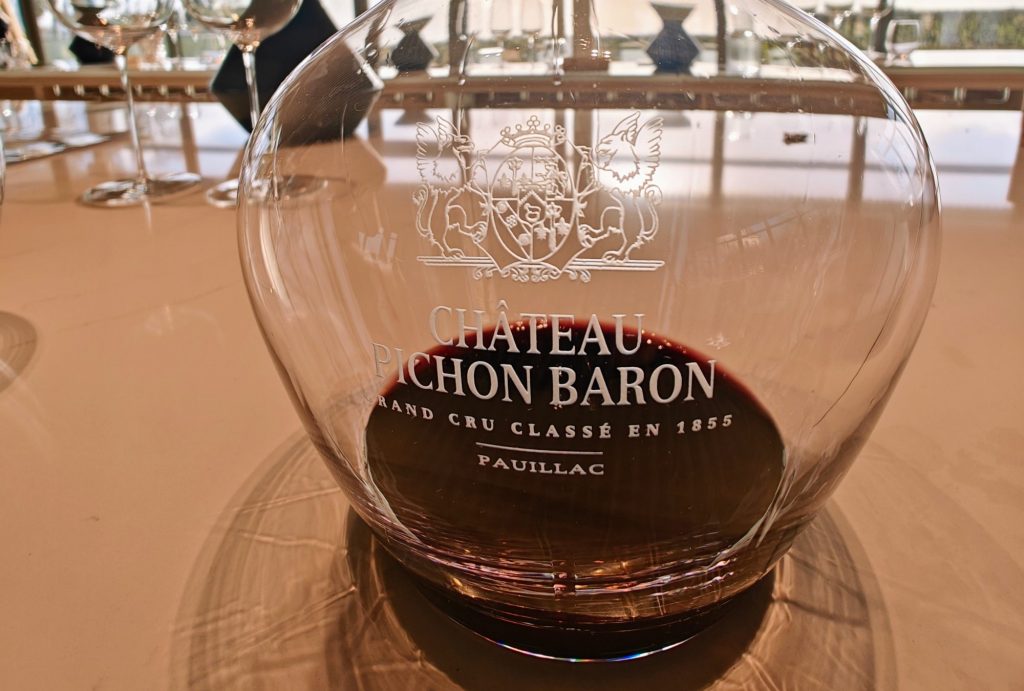
The Bordeaux wine region has 60 appellations that can be broken down into sub-regions, appellations, and communes/ village wines, together with five key classifications that classify the best wine estates, notably, the 1855 classification and The Graves Classification on the left bank of the Gironde River, and the Saint- Émilion classification on the right bank of the Gironde River. People generally consider the estates of the Crus Bourgeois du Médoc and the Crus Artisans classifications lower quality than the top three classifications mentioned earlier.
The five Grands Crus classés (Classed Great Growths) are the five categories of Chateaux ranked in the 1885 Classification, listed here in order of ranking:
The five 1885 châteaux ranked as First Growths, or Premiers Crus Classés, are Château Lafite Rothschild, Château Latour, Mouton Rothschild, Château Margaux, and Haut Brion.
Premier Grand Cru Bordeaux or First Growths are the highest-ranking estates in the 1855 classification of the Medoc, Sauternes, and Barsac and the left bank St Émilion classification. Grand Crus Classé estates are all the Chateaux classified as Grand Cru Classé in Bordeaux classifications of 1855, Graves and St Émilion.
(Note that all producers in St Émilion – around 600 Châteaux – can call themselves and label their wines Grand Cru. These wines, however, are not part of the Grands Crus Classés classification. The word Classé is the key difference. The 1855 classification of Sauternes and Barsac awarded a singular ranking of Premier Cru Superieur to Chateau D’Yquem – a ranking above Premier Cru in that classification.)
Cabernet Sauvignon, Merlot, and Cabernet Franc are key grape varieties of red Bordeaux, while Semillon and Sauvignon Blanc are the key white grape varieties.
Please read our blog post on the Five Noble Grapes of Bordeaux for more information.
Bordeaux is awash with contrasting views on classifications: many ‘great growth’ classed estates on the left bank do not want any modifications to the 1855 classification as they do not wish to end up with the fraught and even legal classification battles held between estates across the river in St Émilion.
That said, the wines, vineyards, and terroir of classed growths of estates ranked in 1855 are not the same as today, yet generally, the same classification rankings persist.
Yet even estates that think they should be promoted up the rankings within the classification of 1855 say that being classed as a grand cru, irrespective of specific rankings within the classification, is the essential matter. Today, many see classification as primarily a marketing tool, especially given the growing importance of wine tourism in sales. As one estate owner puts it, visitors are fascinated by the heritage and history of Bordeaux estate classifications.
And that’s even though the classification, seen by some as a rigid anachronism, no longer reflects the market prices that it once may have done – indeed, some producers say the market prices and the influence of wine scores from critics may be what count; classification, they say, is redundant. Indeed, top producers in Bordeaux’s Pomerol, home to the great right bank estates of Petrus, Le Pin, and Chateau Gazin, see no need for formal codified classification.
“[An unofficial] classification in Pomerol has come about naturally,” says Inès de Baillencourt, co-owner of the lauded Chateau Gazin in Pomerol, where producers and the market know the top estates. “Whether you like a painting or work of art or not, is a very personal matter, and wine is no different,” she adds.
Several Grands Crus-classed estates claim to be victims of their own success. They say increased land and property prices in the top-end classifications and appellations have resulted in higher levels of inheritance tax, causing them headaches regarding financial decisions over the succession of their estates—a threat thus to the continuation of wine production through the generations.
Meanwhile, the Crus Bourgeois and Crus Artisans classifications are subject to renewal every five years, helping to generate a certain market interest in their producers.
Graves producers often celebrate their simplified, single-tier classification of classed growths. In contrast, the Cru Bourgeois criteria have reverted to a three-tier classification to reflect better price differences aligned with qualitative distinctions. The former single-tier classification had led to price-related sales issues for Crus Bourgeois châteaux.
Some believe that classification criteria should emphasize the adoption of further environmental measures. Despite differences in opinion over classifications, there is certainly no evidence of a widespread movement in Bordeaux to bring an end to them; despite their pitfalls, criticisms, and, at times, paradoxical nature, Bordeaux wine classifications have, overall, endured the test of time, and are likely to do so for the foreseeable future.
Together with my research and experience, here are some references used:
If you would like us to customize an exclusive luxury tour, contact us and let us know your travel plans. We offer luxury food and wine tours for private groups of a minimum two guests. In addition, all of our private, chauffeured tours are available year-round upon request.

